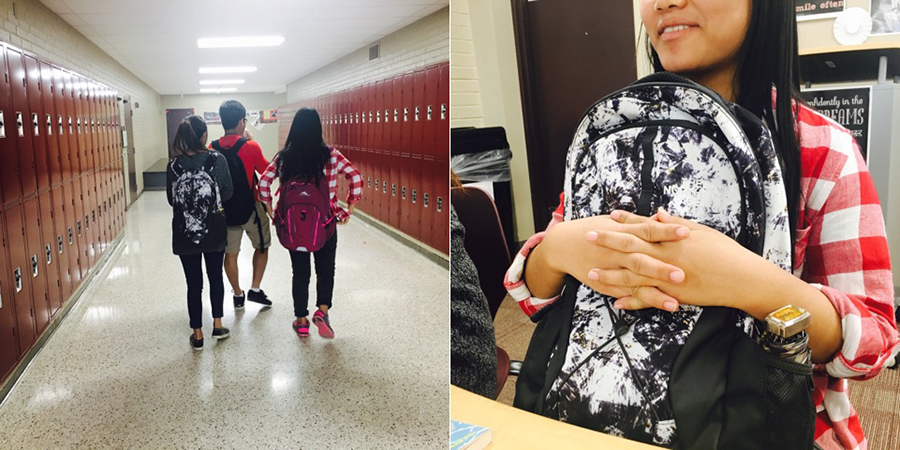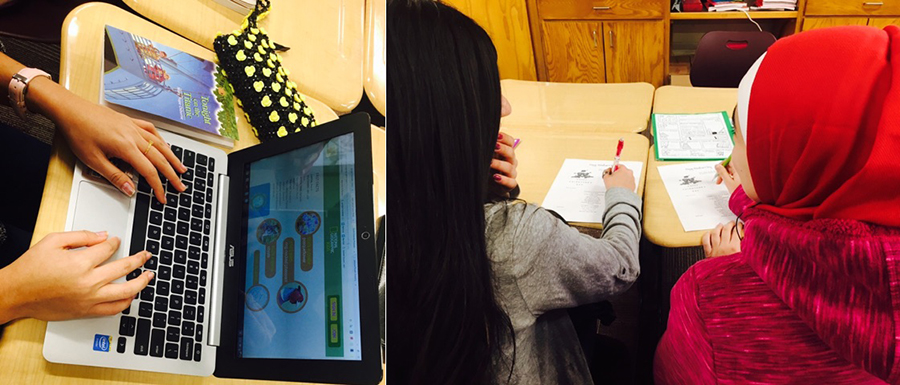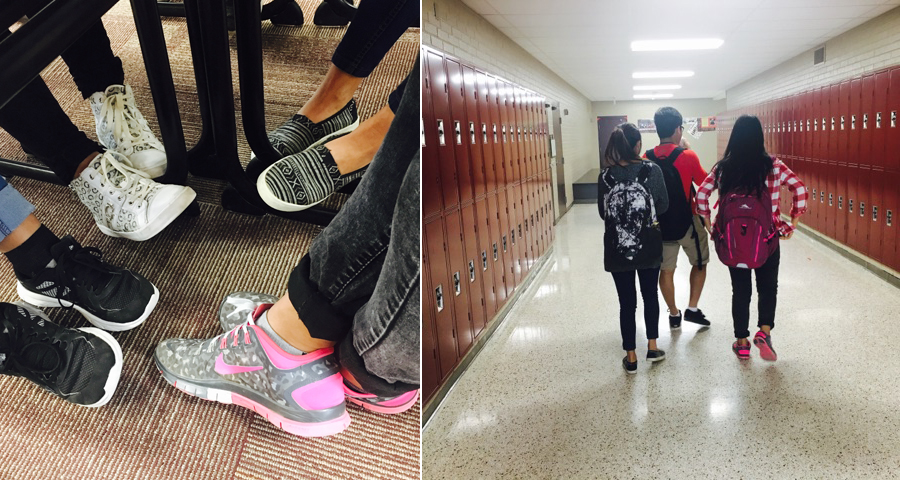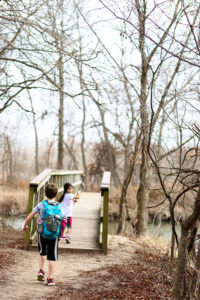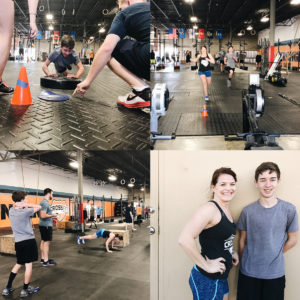What my students teach me {by Courtney Fields Connelly}
A few weeks ago I asked my dear friend Courtney if she would write a guest post on my blog. Courtney was one of my college roommates, a bridesmaid in my wedding and the friend who is always teaching me something. Courtney and her husband Blake (who is a friend of mine from back in high school!) are both educators. Five days a week you can find them in the classroom in our local public school system. However, they are educators 24/7. I have the upmost respect and admiration for teachers and much of that is a direct result of watching the way Courtney and Blake pour themselves out and into their students. They are the kind of teachers you dream of your kids sitting under in a classroom.
I asked Courtney if she would share about what it is like teaching her classroom of students. Her classroom is full of English language learners. Many, probably most, find their way to her classroom and welcoming arms after a long and difficult journey.
I’m going to make a little sidenote here. My initial plan was to share Courtney’s interview as part of a series on people I know that are serving and loving others well in a wide arrange of ways – foster care, CASA workers, shelters, classrooms, senior adult centers, etc. Since I posted earlier this week related to immigrants and refugees, I had hoped to space Courtney’s post out a little bit. I know it can be an emotionally charged topic for some and I didn’t want emotions (either way) to distract from the beauty of what Courtney is sharing. However, it has been a very difficult week for me and those other posts have not been written. So, please welcome Courtney here with the grace you always extend to me.
Thank you Court for willingly saying “yes” when I asked you to share here.
Teaching and Learning: The Importance of Loving and Living with Immigrants
Not saying a word, I gave Marya a hug this morning as she walked into my classroom. She says, “Miss – I have so many bad feelings this weekend. My dad is very sacred.” I say to her, “I am so sorry (while giving another hug). I am so glad you are here today.” Marya replies, “Me too.” There is a connection and knowing between us that needs not to be said today. For perhaps, there are not even words that will adequately fill this space.
My heart and head are swirling with all I want to say, but trying to get it out into words fails me. If you were to know me, you would be assured that I am rarely at a loss for words. I am a big talker. Yet, what is going on right now in our country leaves me searching for words and reeling from emotions.
However, words to describe the refugee and immigrant students who have filled my English Language Learner public high school classroom the last ten years easily spill out of my mouth and heart – they teach me.
My students teach me that kindness knows no language or cultural norms. I see kindness in the way they welcome a new student into our class who doesn’t speak their language or look like them. Kindness comes in a heartfelt smile to remind one another you are seen, and you are known.
My students teach me hope is forever a bonder of the human spirit. For we all cling to hope and that clinging is something to unite us, not divide us. I see it in the eyes of the mama who brings her daughter to our school, hopeful her daughter will learn all she was never able to learn. As I lock eyes with that mama, no common language is needed. The hope for her child illuminates on her face, and as a mother myself I get it.
My students teach me that perseverance builds a depth of character that leaves me in awe. Many of my students have been waiting and going through years of vetting with the United Nations. They have often lived years in refugee camps before stepping into my classroom. Trauma and loss from that time will forever imprint who they are. Yet the perseverance they possess compels them to continue into this next scary journey of their lives here in the United States of America.
My students teach me that loving one another has action. The day after my newborn son Silas died I called one student to tell her and ask if she could find a few students to come sing at Silas’ funeral. As I walked into the church sanctuary for his funeral, I saw several rows were full of my students. They loved me well that day by the action of showing up – the ministry of presence. Seeing so many on that stage singing the hymn Amazing Grace in their language and then in English, I felt unbelievably loved. It was a beautiful glimpse of heaven.
My students teach me about grief. They show me that grief is about cherishing life and experiencing deep love. The crying for ones we miss and talking about the longing ache is not to be shied away from or dismissed. And that a sincere hug is often what is needed most.
My students teach me that laughing is good! Their teenage antics and practical jokes make me smile daily. I do a “Friday dance” each week. It is a silly tradition in my classroom, but my students always remind me to do the dance if I forget. The sincere laughs I hear in my classroom touch the depths of my soul.
My students teach me sitting together for a meal is a sacred time. The laughing and learning that happens while enjoying one another’s food is a strong bonder of hearts. That bringing someone a dish made by your own hands is a gift. And super yummy!
My students teach me about resilience. Being a teenager is tough! Now imagine being one in a new country with a new language, and all you know is different. The trauma and loss they walk into my classroom holding is often seen across their faces yet their resilience shines brightly; they are so brave.
In addition to teaching, my students are engaged in learning.
My students learn reading, writing and American culture in my classroom, but together we learn so much more. Hundreds of students have sat in the desks in my classroom; each student is forever a part of my heart and my life’s story. For they have taught and continue to teach me what I didn’t even know I needed to learn.
My hope and prayer is that you will find someone who doesn’t look like you, someone who struggles with your language, someone who sees the world differently and has had different life experiences, someone who worships differently. And when you do…
Let them teach you what you need to learn the most, but don’t even know yet.
By: Courtney Fields Connelly
If you would like to help support teachers and young English learners in your area, here are a few ideas of ways to help:
- Contact the volunteer coordinator at your public school district to see what types of volunteer opportunities are available like reading partners and tutors
- YWCA often has volunteer opportunities
- Catholic Charities also often has places to serve

